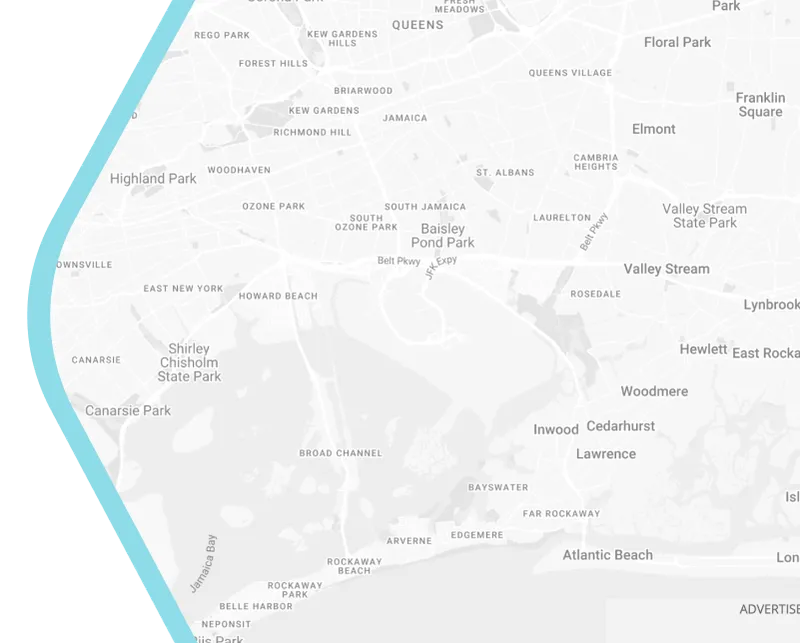
Two Steps to Bridge the Digital Divide
In achieving great quality of life in the city, connections to digital infrastructure and services are ubiquitous. Online services as well as offline public services must be coupled together to manage the urbanisation process and communication between local government and the residents. However, connection to the internet and other digital facilities may not yet be accessible to every group of people in the cities. For example, young women may face cultural and gender-related barriers that prevent their access to the internet and technology. Another example, ethnic minorities and people on low incomes have high demand for the internet, but often struggle with lack of affordability and have lower quality of digital services. This gap between the people and the connection to digital service, also known as “digital divide”, requires serious intervention for Smart City to develop.
Initially, there are two critical steps that local governments should take to bridge this gap. First, is to establish the core value of the digital human right of the cities and affirm the political commitment towards them. The formal declaration of this commitment links between human rights, the rule of law and democracy, as well as principles of good administration. The second step is to define the thematic areas that the city wants to adopt that are relevant to the city’s value. Some examples of the themes are Equality, equity & inclusion; Freedom & autonomy; Privacy, safety, security & protection; Community participation & public engagement; Transparency & accountability; and lastly Open infrastructure & local public service provision. Setting thematic areas enables city governments to embed and reflect core values into the digital ecosystem of the internal governmental organisation and the use of emerging technologies.
Reference:
UN Habitat’s Mainstreaming Human Rights in the Digital Transformation of Cities: A guide for local governments
